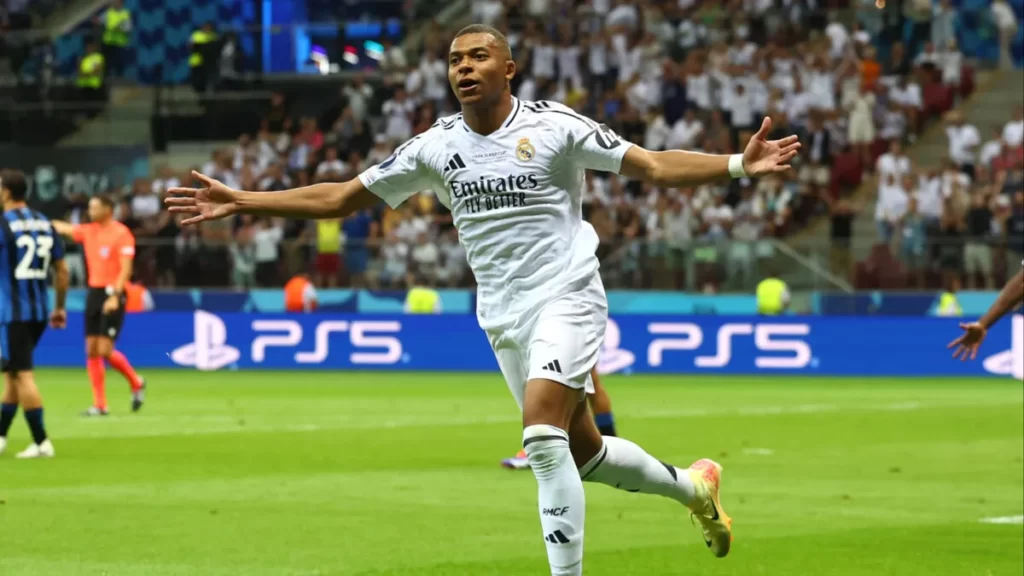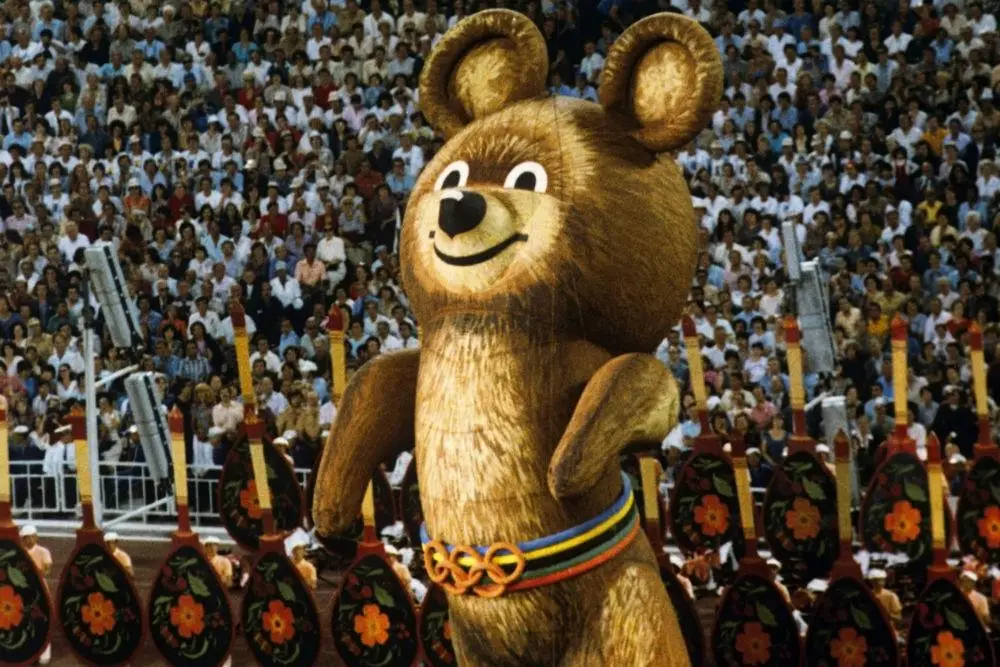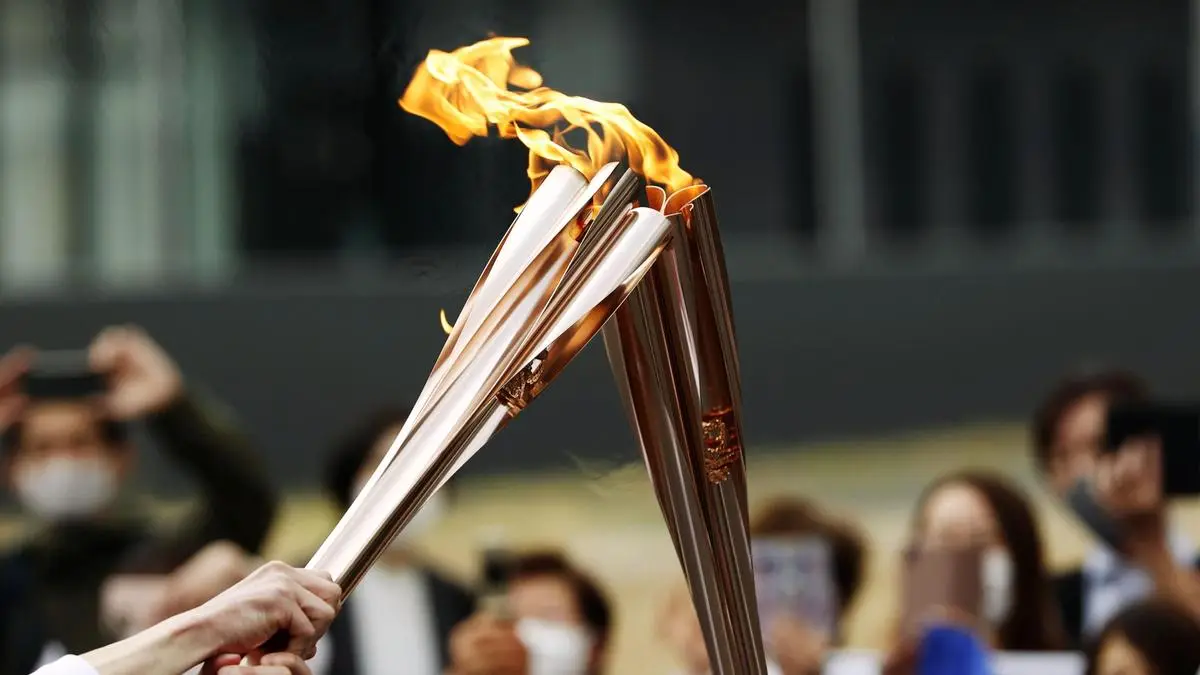Each goal on this list is a little story that can evoke a storm of emotions. They make us laugh and cry, worry and marvel. The top 10 goals are not just sporting achievements in football, but works of art that touch the soul.
Top 10 incredible goals in football that turned the game around
When the names Diego Maradona, Zinedine Zidane or Roberto Baggio are mentioned, fans immediately think of their legendary manoeuvres that turned the tide of history. Epic moments like Maradona’s ‘Hand of God’ in 1986. Zidane’s goal kick in the 2002 Champions League final, a symbol of technique and elegance, when his left foot made history with a masterpiece worthy of the Louvre gallery itself. Legendary goals in football are not just numbers on the scoreboard, they are symbols of an era when the entire stadium stood still and time seemed to stop.
Interesting facts:
- Diego Maradona ran 60 metres, beating five English players, before scoring his famous ‘Century’ goal in 1986.
- Zinedine Zidane’s goal in the 2002 Champions League final against Bayer Leverkusen was scored from his left foot, even though he is right-handed, making the event even more unique.
The most beautiful goals in football history
Some goals make you wonder whether it is possible to create works of art on the football pitch too. Roberto Carlos’ shot against France in 1997 epitomised the physically impossible: a ball that spun round the wall changed the laws of physics and proved that real magic was possible. It was scored from a distance of 35 metres, and the speed was about 137 km/h, which stunned not only the spectators, but also the players themselves.
The list of top goals in football necessarily includes masterpieces of Lionel Messi, when he in 2007, like a choreographer, moved through the defence of “Getafe” and left behind a whole troupe of defeated defenders. In that episode, Messi showed tremendous ball control, beating 6 players and the goalkeeper to score one of the most memorable goals of his career.
Aesthetics and excitement merge into one, and the ball flies into the goal like a brush painting the final stroke on a painting. These moments become icons that inspire generations of footballers and fans around the world.
Top free kick goals in football that no one expected
 When the whistle blows and the ball is ready for a penalty kick, spectators hold their breath, anticipating something special. One man decides the outcome of the game with a single touch. David Beckham in 2001 against Greece – his legendary free-kick from 25 metres not only took England to the World Cup, but also became a symbol of courage and precision.
When the whistle blows and the ball is ready for a penalty kick, spectators hold their breath, anticipating something special. One man decides the outcome of the game with a single touch. David Beckham in 2001 against Greece – his legendary free-kick from 25 metres not only took England to the World Cup, but also became a symbol of courage and precision.
Or Ronaldinho’s shot against England in 2002 from 35 metres, when goalkeeper Simen could only watch as the ball majestically crossed the goal line. These are fragments of history when players go beyond the ordinary and create real magic.
Top of the most famous goals of all time: let’s appreciate them on their own merits
The best World Cup goals of all time: the legends who made history
World Cups are the stage where destinies are sealed and individual talent is intertwined with collective dreams. Diego Maradona’s shot against England in 1986, when he carried the ball across half the pitch after beating five players, is a moment that symbolises a triumph of will and genius. Or Mario Goetze’s famous strike in 2014, which brought Germany the league title, the epitome of coolness and technical skill. The whole world watches every touch of the ball, every kick and every goal that changes history.
Top long-range goals in football: when distance is not an obstacle
For true masters, distance is just a number. The lists of the best are filled with shots that defy the laws of logic and gravity. David Beckham’s half-volley against Wimbledon in 1996 is a perfect example where distance is not a hindrance, but only an excuse for a great episode. Or Ronaldo’s shot against Porto in 2009, when the ball from 40 metres ended up in the goal as if guided by an invisible hand. It’s a challenge thrown to the world, which comes back in the form of cheers and applause.
The most unexpected goal: when the script is out of control
Sometimes one jump, one precise header and history is rewritten. The top goals in football include such incredible shots as Sergio Ramos’ spectacular goal in the 2014 Champions League final.
On a night when hopes were fading, in the 93rd minute of the match against Atletico Madrid, Sergio Ramos soared over the defenders like a phoenix and sent the ball into the net with incredible accuracy after a corner kick. That shot was a true symbol of will and determination, bringing Real Madrid back into the game and taking the match into overtime.
In the end, the Galacticos took their tenth Champions League title, the long-awaited Deshima. Ramos showed that header goals can be not only physically powerful, but also filled with a huge emotional charge when everything is on the line. It was the culmination of years of anticipation and a real treat for all Real Madrid fans around the world.
Conclusion
 The most colourful, unexpected and memorable fragments remain in history forever. These are the TOP unbelievable goals in football that became something more than just the result of the match. Millions of people around the world held their breath when one kick changed everything and made everyone feel part of a great event. Football is a culture, and every goal taken is the most meaningful moments.
The most colourful, unexpected and memorable fragments remain in history forever. These are the TOP unbelievable goals in football that became something more than just the result of the match. Millions of people around the world held their breath when one kick changed everything and made everyone feel part of a great event. Football is a culture, and every goal taken is the most meaningful moments.
 en
en  ru
ru  de
de  ar
ar  es
es  nl
nl  hi
hi  fr
fr  it
it  pt
pt  el
el 


